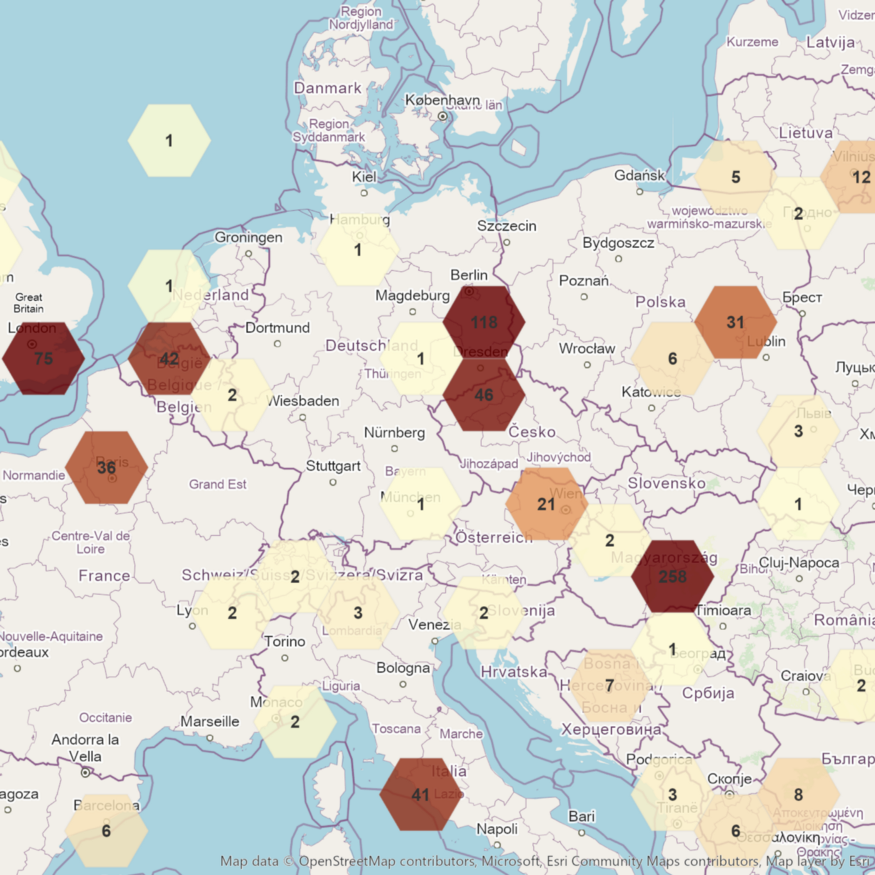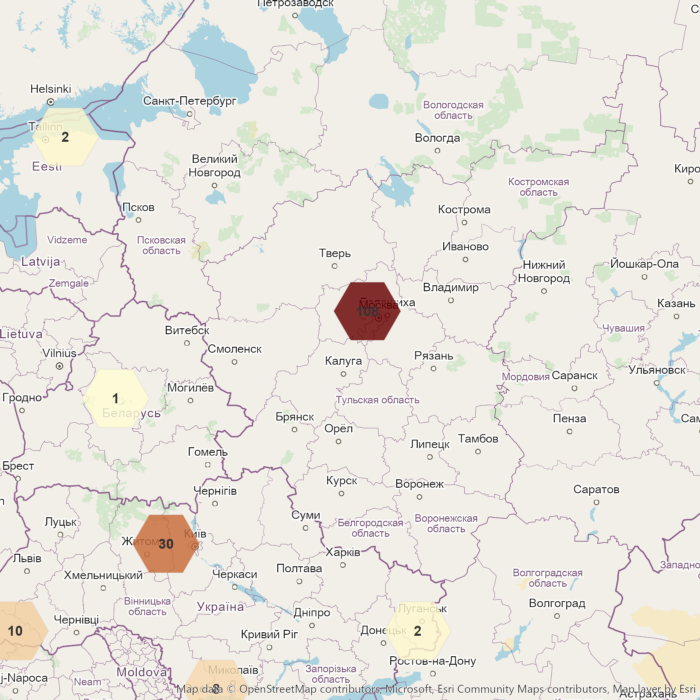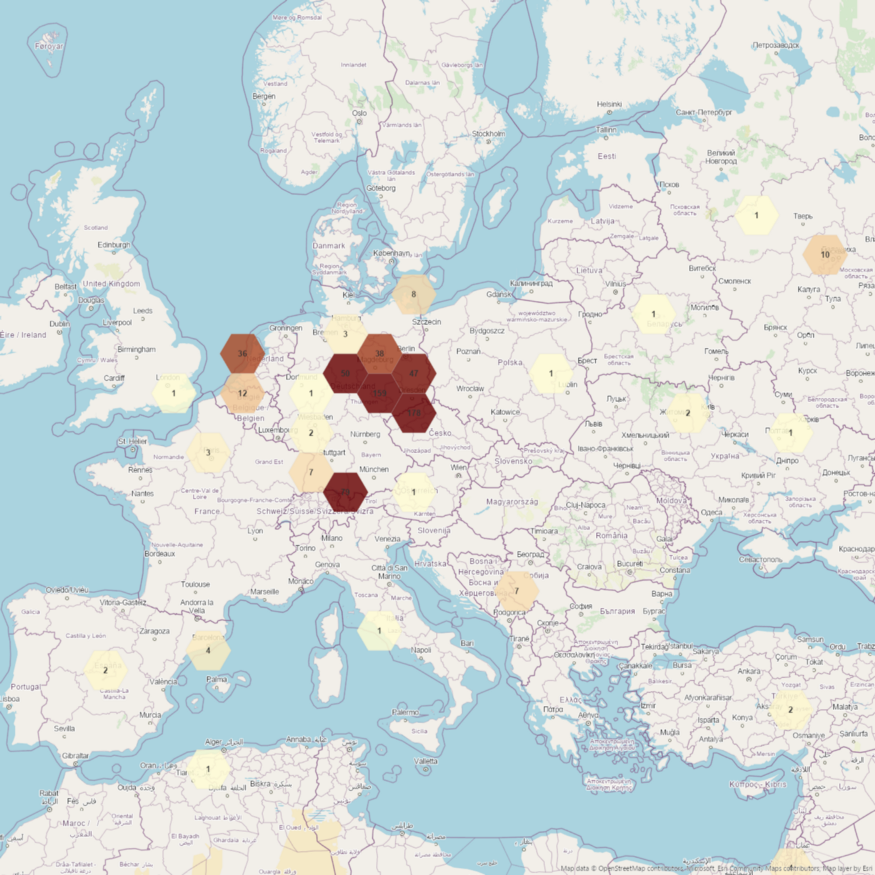Thousands of people took to the streets in cities across Europe, and all around the world to protest against Russia’s invasion of Ukraine. In Georgia, a country that was the victim of a Russian invasion in 2008, some 30,000 people turned out in the capital Tbilisi.
Onlookers at a devastated apartment block in Kyiv after an airstrike on February 25. The UN is concerned about the situation in Ukraine, and is receiving increasing reports of civilian casualties. Police detained persons during an anti-war protests in Moscow. Ukraine has already seen thousands of casualties from the long-running conflict with Russia. This conflict broke out in 2014 after Russian-backed rebels seized government buildings in towns and cities across eastern Ukraine. Unluckily, the current aggression of Russia against Ukraine will further aggravate this situation.
Read more @Medium: Thousands across Europe protest against the invasion


